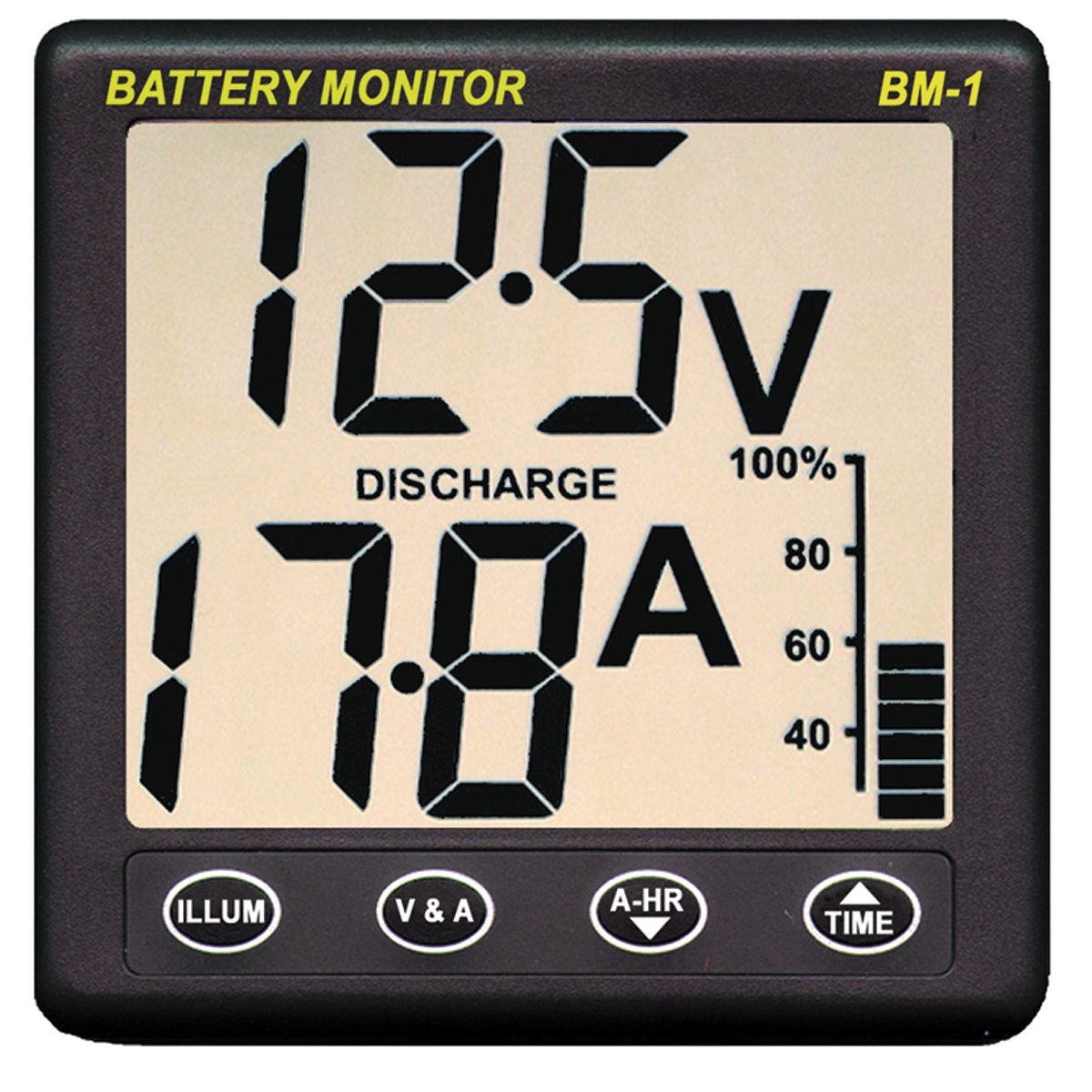- Aug 29, 2019
- 211
- 89
- Funster No
- 63,664
- MH
- Mirage 5000 A Class
- Exp
- Since 2019
Only just got round to asking this question.
We were up in Scotland a couple of weeks ago and had an issue with leisure battery.
Driven from Wiltshire over a couple of days - so around 600-700 miles - 1st night at side of road on layby. On arrival we stayed off site and were planning a paddle the next day so put my hand held VHF on charge. I think I also had my garmin watch on charge and possibly my phone as well.
Evening was spent eating and reading so only really using (LED) lights and (gas) heating (electric fan of course on heating).
In the morning I put heating on and it didn't light. I then noticed that the control panel was indicating no charge in in the battery and the Solar charging wasn't working. Lights were working OK but I guess they will work with very little let in the battery.
I ran the engine for 10 minutes or so and this seemed to charge the battery a little (the Solar indicator then came on). After our paddle we were back in the van for late afternoon, so still daylight, and the Solar LED was on. However this state of affairs only lasted around 10 minutes or so before battery (appeared) drained.
We went onto a site for a couple of days and left on hook up all the time. This seems to have worked as the next night we were off site and no issues with battery!
The battery is about a year old so I wouldn't expect it to have failed, so I am scratching me head about what might have happened. Could the 2/3 items left on charge overnight have caused it maybe?
Any ideas welcome.
Thanks
Martin
We were up in Scotland a couple of weeks ago and had an issue with leisure battery.
Driven from Wiltshire over a couple of days - so around 600-700 miles - 1st night at side of road on layby. On arrival we stayed off site and were planning a paddle the next day so put my hand held VHF on charge. I think I also had my garmin watch on charge and possibly my phone as well.
Evening was spent eating and reading so only really using (LED) lights and (gas) heating (electric fan of course on heating).
In the morning I put heating on and it didn't light. I then noticed that the control panel was indicating no charge in in the battery and the Solar charging wasn't working. Lights were working OK but I guess they will work with very little let in the battery.
I ran the engine for 10 minutes or so and this seemed to charge the battery a little (the Solar indicator then came on). After our paddle we were back in the van for late afternoon, so still daylight, and the Solar LED was on. However this state of affairs only lasted around 10 minutes or so before battery (appeared) drained.
We went onto a site for a couple of days and left on hook up all the time. This seems to have worked as the next night we were off site and no issues with battery!
The battery is about a year old so I wouldn't expect it to have failed, so I am scratching me head about what might have happened. Could the 2/3 items left on charge overnight have caused it maybe?
Any ideas welcome.
Thanks
Martin




